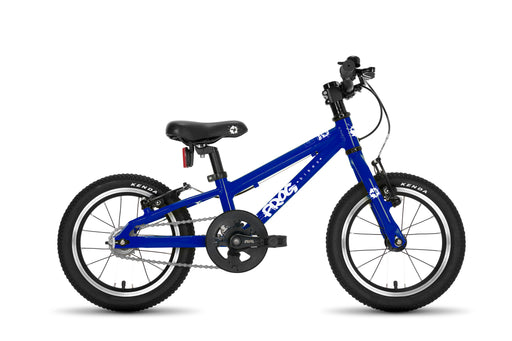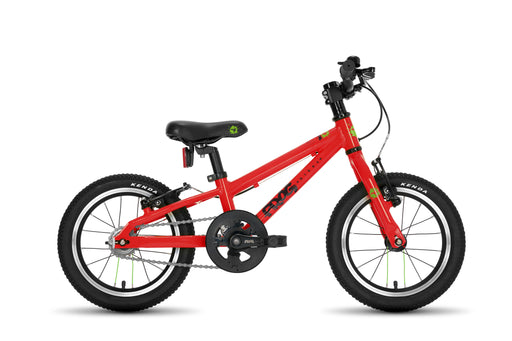A mountain bike drivetrain transfers power from your legs to the wheels, consisting of multiple components. In this article, we explain what a mountain bike drivetrain is, how it works, how to maintain and replace it, how to choose the right drivetrain, and the best brands for drivetrain components.
Understanding Mountain Bike Drivetrains:
- A mountain bike drivetrain comprises various components that enable gear shifting and power transmission.
- Components include cranks, chainring, chain, cassette, derailleurs, and shifters.
- 1X drivetrains have a single chainring and are simpler and lighter than 2X drivetrains.
- 2X drivetrains have two chainrings, offering a wider gear range but are more complex and heavier.

Maintaining and Replacing the Drivetrain:
- Proper maintenance ensures longevity, performance, and smooth shifting.
- Regular cleaning routines help prevent buildup, and chain maintenance is crucial.
- The lifespan of a drivetrain depends on maintenance, chain replacement, proper shifting, and riding frequency.
- Signs of a worn-out drivetrain include chain wear, tooth wear on cogs and chainrings, and poor shifting performance.
- Replacing a drivetrain's components varies in cost, depending on the level and number of gears desired.
Choosing a Mountain Bike Drivetrain:
- Consider compatibility with your bike's freehub and drivetrain components.
- The wear of chains and cassettes affects cost-effectiveness.
- Determine the type of drivetrain that suits your needs based on gear range and performance preferences.
- Consider factors like shifting technology, weight, and price when selecting a drivetrain.
Best Mountain Bike Drivetrain:
- Premium drivetrains like SRAM's XX1 Eagle and Shimano's XTR offer enhanced performance, reliability, and lightweight design.
- SRAM's AXS drivetrains provide wireless and electronic shifting options for optimal performance.
Mountain Bike Drivetrain FAQs:
- Most newer cassettes have 10-12 speeds, offering a wider gear range for terrain versatility.
- Gear ratios measure the power of each gear based on the chainring and cog teeth count.
- Gear range determines the span between the highest and lowest gears in a cassette.
- Higher-end drivetrains provide advanced features, but mid-range options like SRAM's GX Eagle offer similar performance.
- More gears provide a larger top end gear for easier climbing and a broader range of gear options.











